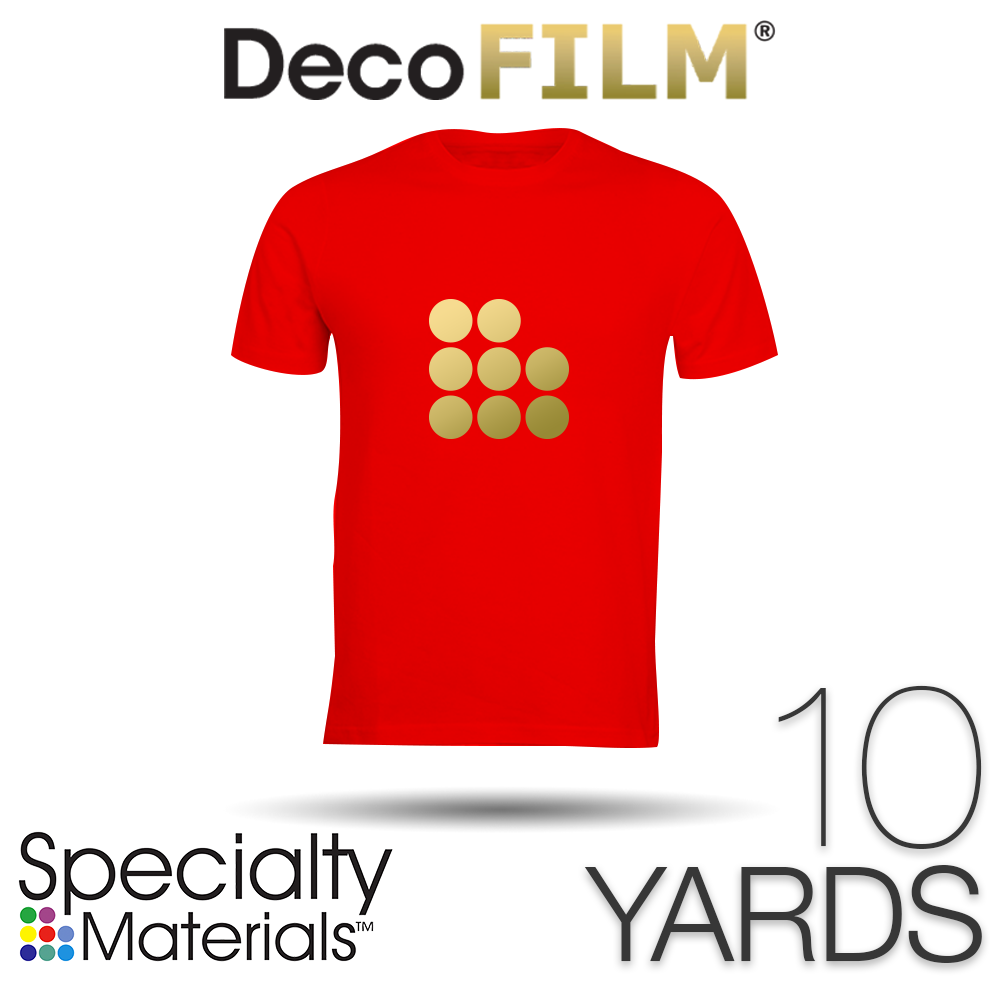This method of printing offers several advantages over traditional printing methods. Firstly, heat transfer printing allows for the transfer of a colorful image in one go, without the need for registration or multiple print runs. This not only reduces processing time but also minimizes the risk of errors and reduces material waste.

Moreover, heat transfer printing yields a finished product that is free of leftover ink residue, making it safe and environmentally friendly. The procedure is also relatively simple, with printers requiring only basic equipment to achieve high-quality results. This means that heat transfer printing can be done quickly, efficiently, and cost-effectively.
Heat transfer foils are key components in the heat transfer printing process. They are available in a range of different colors, patterns, and finishes, and can be customized to suit the needs of specific applications. A heat transfer foil is essentially a film that contains the desired design or image, which is then transferred onto the target material using heat and pressure.
When using a heat transfer machine, the heat and pressure combine to activate the adhesive on the heat transfer foil. The design on the foil then adheres to the target material, creating a durable and long-lasting finish that is resistant to cracking, fading, or peeling.
Overall, heat transfer printing and the associated use of heat transfer foils and machines offer a versatile and effective way to produce high-quality, customized designs on a wide range of materials. This method of printing is ideal for both small-scale DIY projects and large-scale commercial production runs, making it a popular choice among businesses and consumers alike.
So if you're looking for a reliable and efficient printing method that yields vibrant and long-lasting results, consider heat transfer printing with a heat transfer foil and machine. Not only is it easy and cost-effective, but it also offers a range of benefits that traditional printing methods simply cannot match.